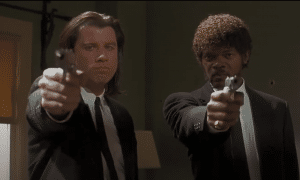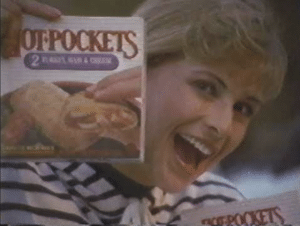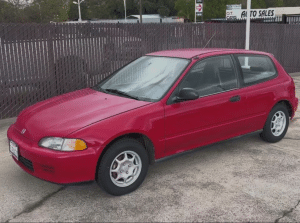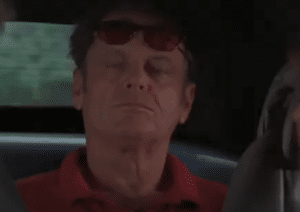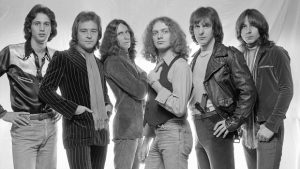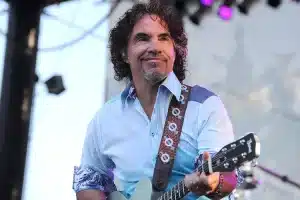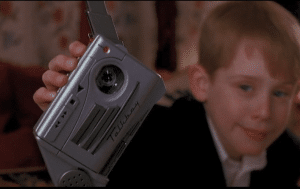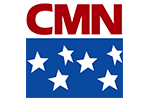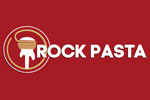How Did Woodstock 1969 Become So Legendary
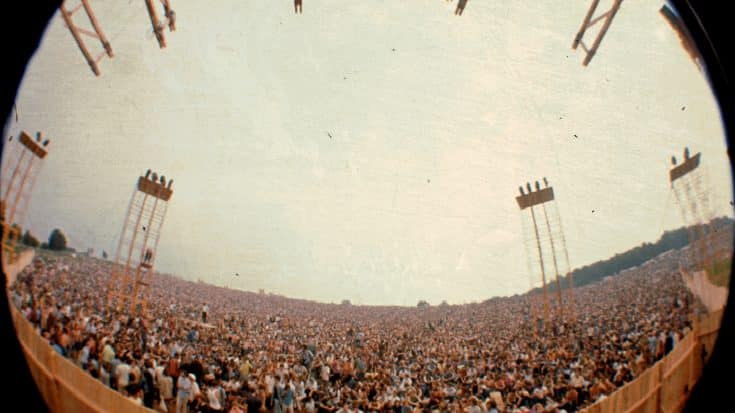
A view of the crowd at the Woodstock Music Festival taken from the main stage, Bethel, NY, August 1969. (Photo by Ralph Ackerman/Getty Images)
The Woodstock Festival in 1969 promised “3 Days of Peace and Music”. What concert-goers got were endless traffic, long queues at the porta potty, shortage of food, unlimited supply of drugs, nude people swimming in the pond, rain and mud.
But more than these inconveniences, people experienced something that would never ever happen again – a gathering of the world’s greatest artists.
Expectation VS Reality
The organizers expected around 80,000 music lovers to show up. But in the end, they had to cater up to half a million people who wanted to bask in the glory of rock ‘n roll. Some had to leave their cars on the freeway, leaving homeowners no choice but to walk wherever they’re headed because of vehicles blocking their driveways.
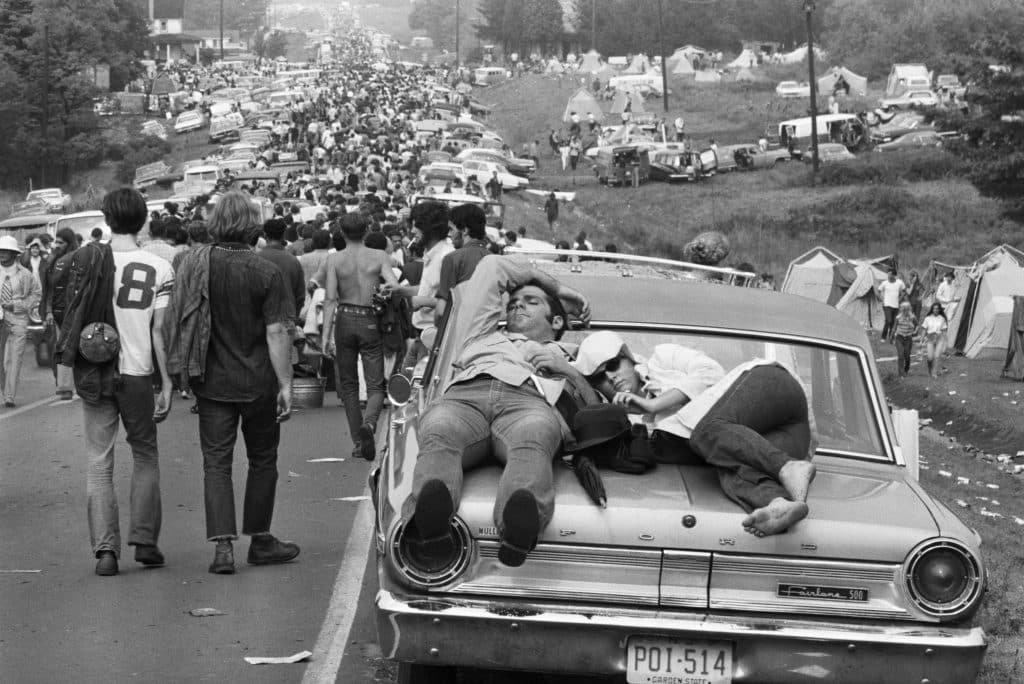
Was it a sign of things to come? Yes but it was on a positive note. A bunch of hippies descending into town may sound like a recipe for disaster but on the contrary, more than 400,000 who were present in Woodstock made history.
There Was Peace
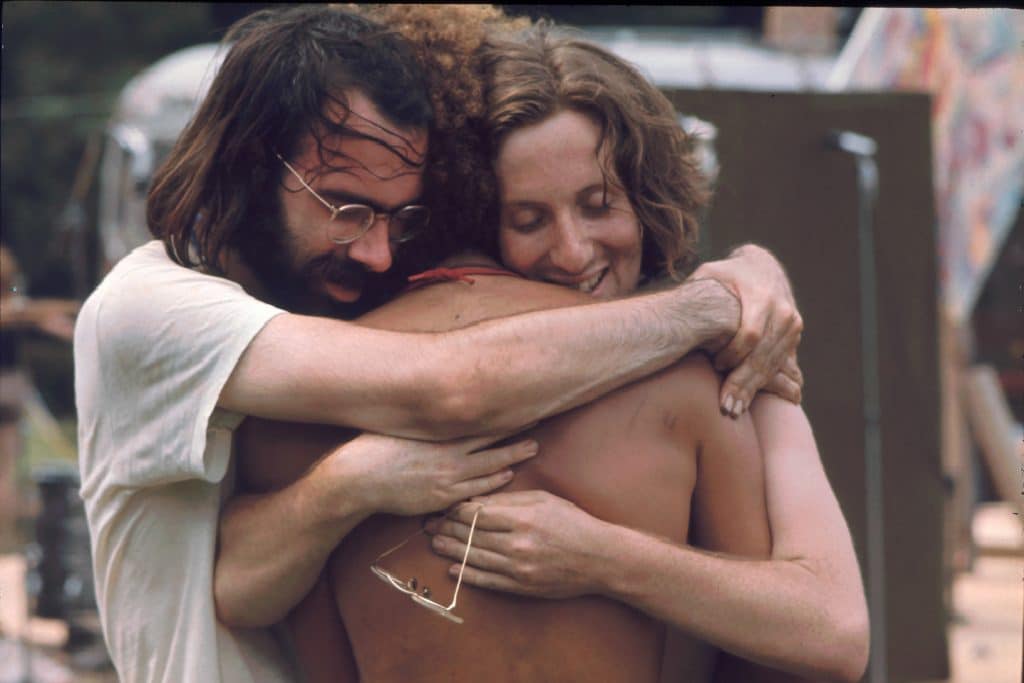
The conditions at the location were horrible. There weren’t enough tents to accommodate thousands of sleeping fans. And there was rain which was heavy enough that people were watching performances while standing with mud reaching their knees. But alas, this didn’t even bother them. They were having so much fun that nothing could ever dampen their spirits.
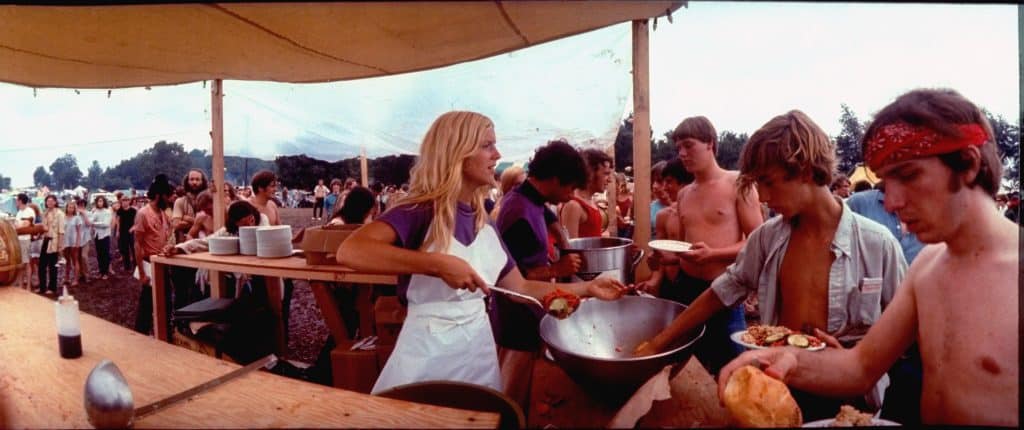
Sure, the massive supply of drugs may have helped but there was no chaos – which, let’s be honest, is something we should expect in large events like this. To think there were cops around (although not enough in number) and almost everyone was openly taking drugs, no one bothered anyone.
There Was Music
With dope, acid, and alcohol available in hefty quantities everywhere, it was perfectly natural for some of the artists to not be in their best shape during performance. Besides, they didn’t get enough sleep, had to wait for hours before they were needed on stage, and they didn’t even have a proper backstage area.
There were two kinds of artists in Woodstock. First, those who simply delivered what was expected of them – neither bad nor exemplary, just okay but not exactly unforgettable. Some may have had too much drugs or alcohol in their system. Second, there were those who stepped up their game and changed their entire career with a single song or their entire set. People like Joe Cocker and Richie Havens found themselves being propelled to new heights of stardom after their breakthrough performances. And for those like Jimi Hendrix whose take on The Star Spangled Banner became synonymous with Woodstock itself, his one song defined the entire 3-day event.
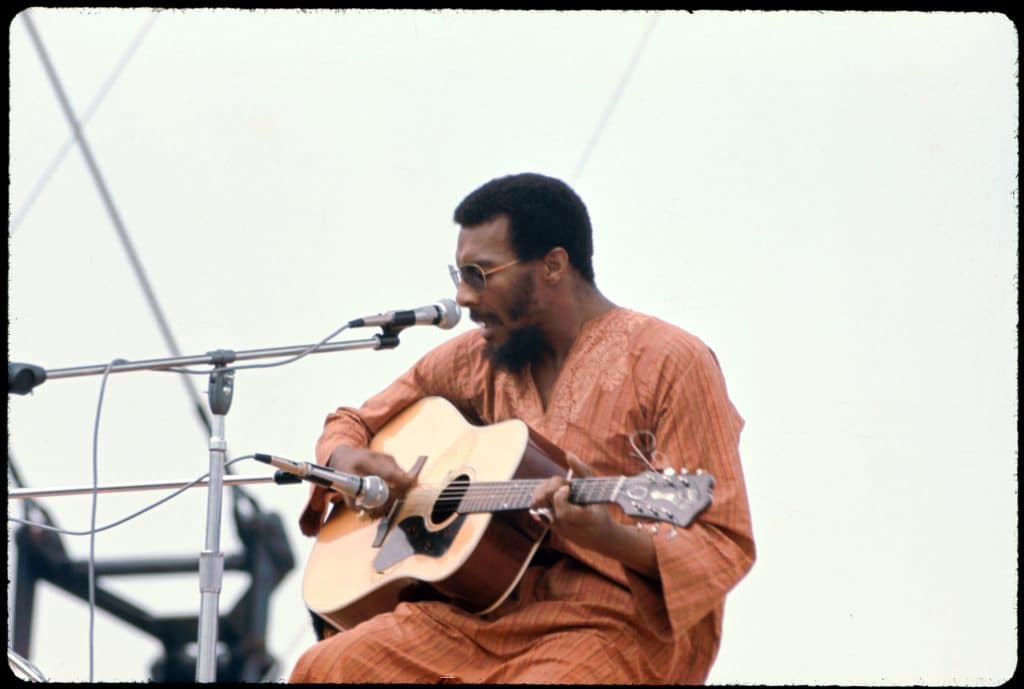
Music-wise, no one left disappointed. It was an iconic lineup and it’s not everyday that you get to witness greatness on stage. Also, they earned a lifetime of bragging rights that they were present during the three-day festival that changed rock ‘n roll forever.
People Came Together
Photographer Barry Levine hit the nail on the head when he said,
“When half a million people came together to share that ethos, it made you feel that you weren’t alone, that we were a movement, that, no matter what your beliefs were, we were united on some very basic issues.”
Even though they were wet, sleepless, and hungry, nobody complained. They enjoyed the moment and understood that they could go back to their comfortable lives when Woodstock was over so while they were there, they had to have a good time as much as possible. No one whined that they slept on the grounds, or that they basically had nothing but hotdogs all weekend. Instead, they danced and swam in the pond.
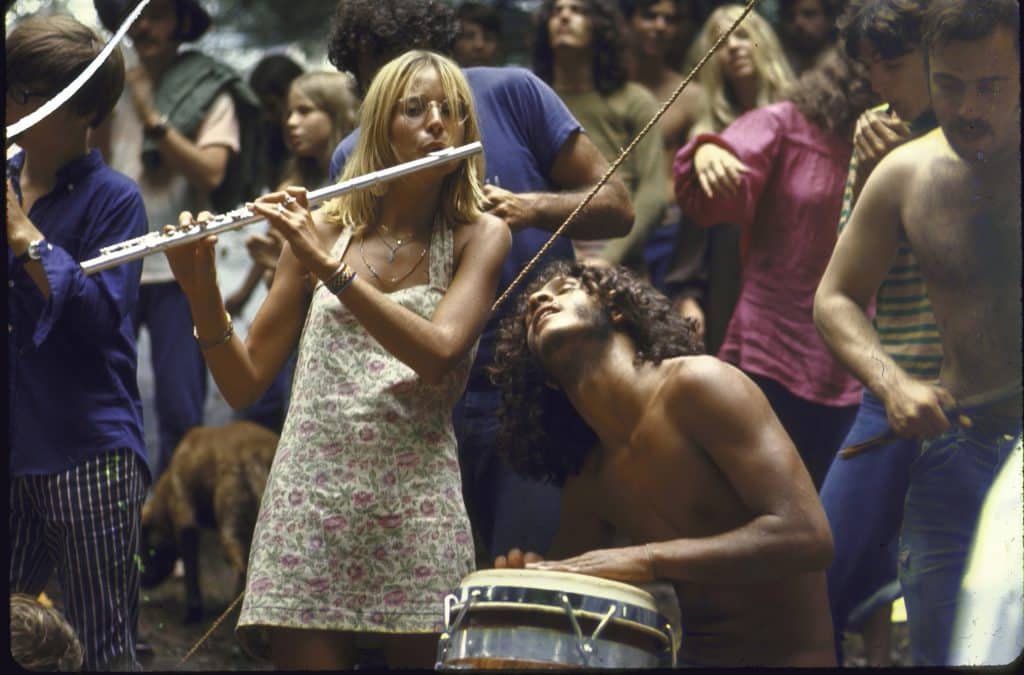
The world was bleak at the time (wars, assassinations and everything else in between) but in those three days, they were hopeful that maybe, just maybe it isn’t so bad after all.
It Became The Standard By Which All Others Were Measured
Today’s music festivals may be much grander than Woodstock. There are modern conveniences, Hollywood A-listers are present, performances include jaw-dropping theatrics and yet, none of them will ever come close to Woodstock. None of them will ever have the kind of social impact Woodstock had not just in rock ‘n roll but life in general.
Despite over 400,000 attendees, Woodstock offered intimacy and harmony. They looked out for each other and well, even offered weed to strangers. That isn’t exactly the most positive example but you get what we mean. The hippie generation got so much hate for wanting to be themselves but Woodstock showed that they had more compassion than most. It isn’t something you can find in today’s festivals.
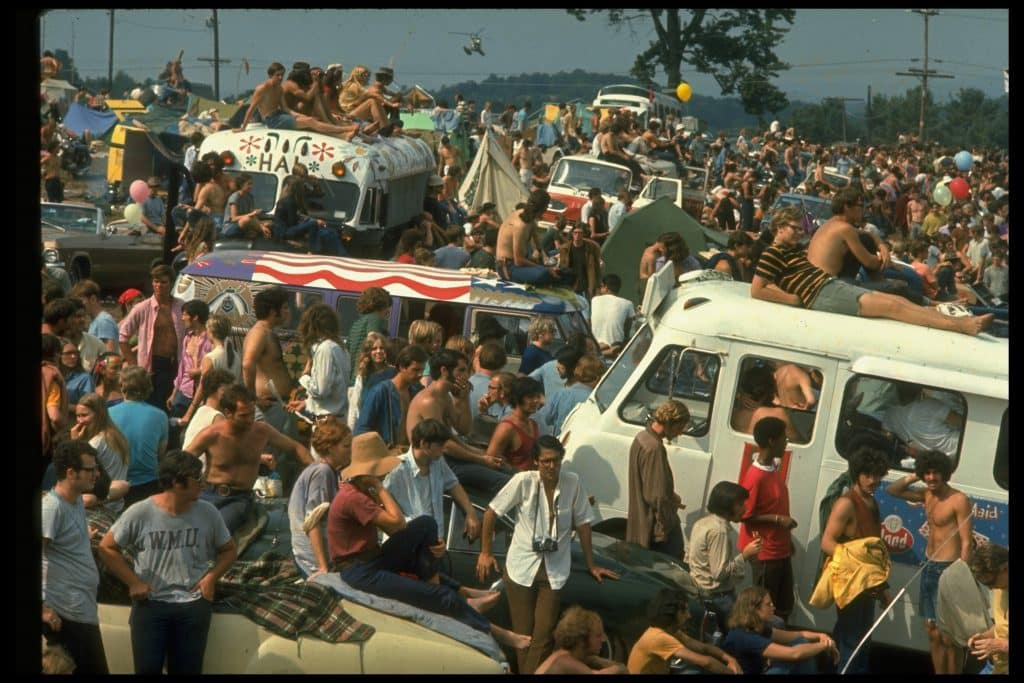
It was an absolute wasteland but not one who came regretted going there. The organizers lost massive amounts of money since what was supposed to be a paid concert ended up being free-for-all. They had to deal with the losses and lawsuits but at the end of the day, they made history which wasn’t the easiest thing to do given the circumstances.
It Was A Pivotal Moment In Rock ‘n Roll
Woodstock was more than a music festival. It was a counterculture movement. People came looking for peace and good music but they left bringing so much more.





